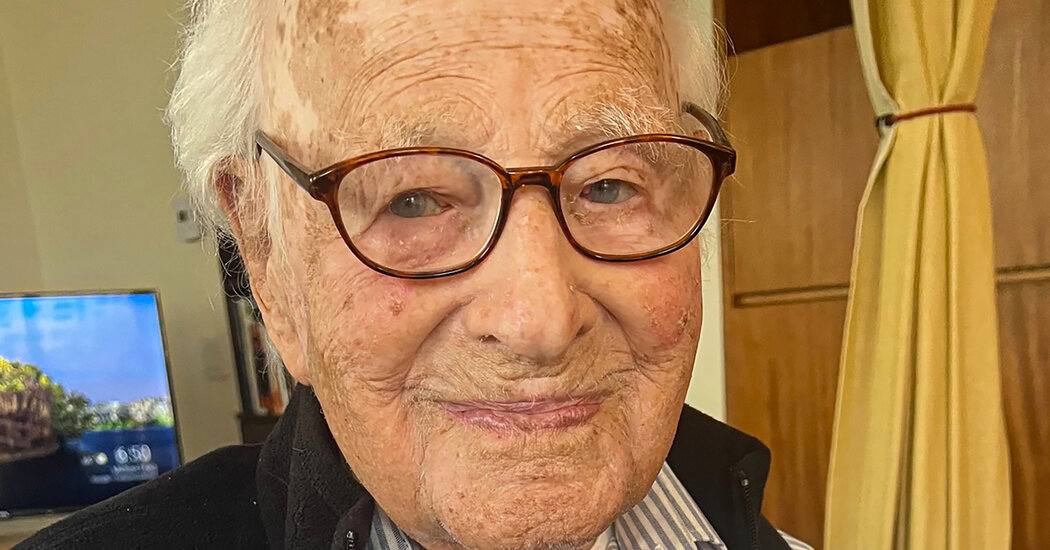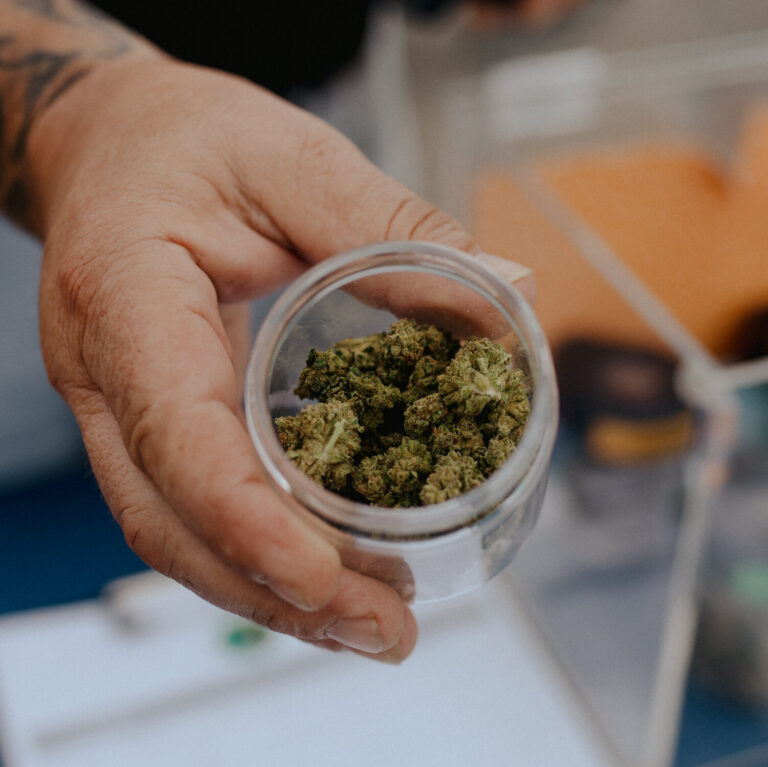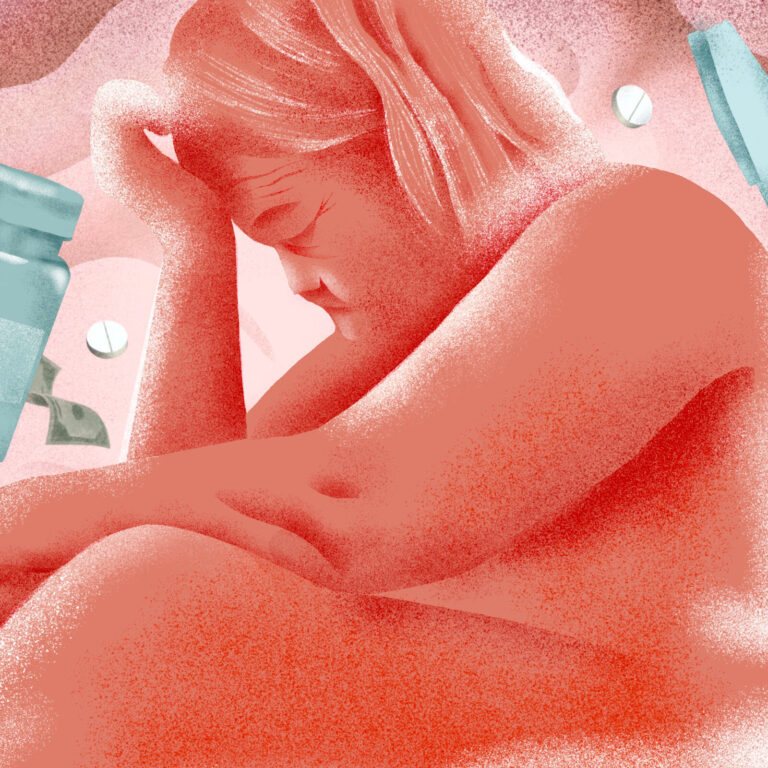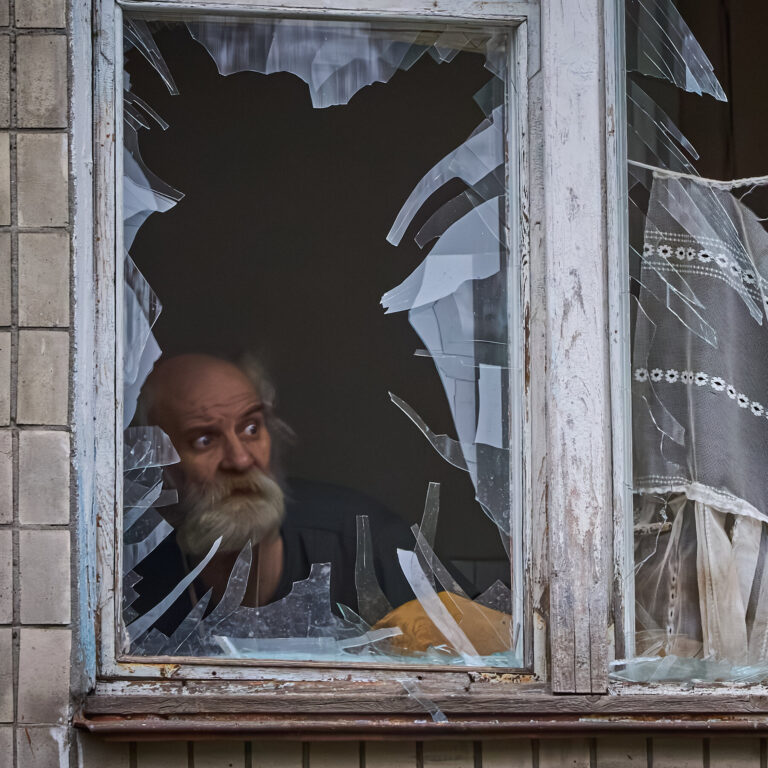About a month ago, Judith Hansen woke up with a start in the early hours of the morning, thinking about her father's brain.
His father, Morrie Markoff, was an unusual man. At 110, he was thought to be the oldest person in the United States. His brain was unusual, too, even after recovering from a stroke at 99.
Although he dropped out of school after the eighth grade to work, Mr. Markoff became a successful entrepreneur. Later in life, his curiosity and creativity led him to the arts, including photography and sculpture made from scrap metal.
He was a healthy centenarian when he exhibited his work at a gallery in Los Angeles, where he lived. At 103, he published a memoir called “Keep Breathing.” He blogged regularly, pored over the Los Angeles Times daily, discussed articles in Scientific American, and followed national news on CNN and “60 Minutes.”
Now he was near death, enrolled in hospice care. “In the middle of the night, I thought, ‘Dad’s brain is amazing,’” said Ms. Hansen, 82, a retired librarian from Seattle. “I went online and searched ‘brain donation.’ ”
His research led to a National Institutes of Health web page explaining that its NeuroBioBank, founded in 2013, collects postmortem human brain tissue to advance neurological research.
Through the website, Ms. Hansen contacted the Brain Donor Project, a nonprofit organization that promotes and facilitates donations through a network of university brain banks, which distribute preserved tissue to research teams.
Tish Hevel, the project’s founder, responded quickly, connecting Ms. Hansen and her brother with the brain bank at the University of California, Los Angeles. Brain donors can have neurological and other conditions, or they can have healthy brains, like Mr. Markoff’s.
“We’re going to learn so much from him,” Ms. Hevel said. “What is it about these superagers that allows them to function at such a high level for so long?”
Many older Americans have checked the box on their driver’s licenses to allow organ donation for transplant; some have even considered or arranged whole-body donations to medical schools. Fewer people know about brain donation, Ms. Hevel said.
The push to encourage it began about a decade ago, when “new techniques came on the scene that allow for amazing quantitative analysis” of brain cells, said Dr. Walter Koroshetz, director of the National Institute of Neurological Disorders and Stroke, which administers the NeuroBioBank. Researchers use its material to study a variety of brain diseases and psychiatric disorders.
But “these new techniques require that brains be removed quickly and then frozen,” because “brain tissue begins to deteriorate within hours,” Dr. Koroshetz said.
Before NeuroBioBank was established, a few universities were already collecting donated brains, but the process “was scattered across the country,” he said. “Access to tissue was not centralized.”
Ms. Hevel encountered such obstacles when her father was dying of Lewy body dementia in 2015. “It was a terribly complicated process at the time,” she said. The Brain Donor Project now works to educate the public about the importance of brain donation and how best to arrange it.
While some neurological research relies on scans and computer simulations, there is no substitute for human tissue, Dr. Koroshetz said: “It’s like the difference between looking at a cartoon and a Rembrandt.”
Now, each of NeuroBioBank’s six affiliated university brain banks receives an average of 100 donations a year, enabling research on topics ranging from Parkinson’s disease to schizophrenia to the effects of military blasts. The Brain Donor Project, in partnership with the NIH, has signed up 23,000 donors since its inception in 2016. “There’s a need for more donors,” Dr. Koroshetz said.
Brain donation remains a sensitive topic, he acknowledged: “For some families, it’s very uncomfortable to talk about,” and some religious and ethnic groups find it objectionable. When he led Huntington’s disease research decades ago and raised the issue with patients, “it would take years of people asking questions before they felt comfortable signing a form.”
How does it work? The Brain Donor Project connects potential donors with NIH-affiliated university brain banks. “Don’t try to choose a brain bank on your own,” Ms. Hevel said. They have different requirements and protocols, and the project will match a donor with the appropriate one.
The donor signs the necessary paperwork, or a relative or medical team member can sign on behalf of the donor. The family or medical staff must notify the bank immediately after the donor's death.
At the funeral home or morgue where the body is kept, a “recovery specialist,” often a pathologist or medical examiner, removes the brain from the back of the skull to avoid disfigurement (so the deceased can still have an open-casket funeral) and delivers it to a brain bank for freezing and distribution to research laboratories.
“I’ve heard from so many families that even in the face of a great loss, there’s a sense of relief and comfort, knowing that something positive can come of it,” Ms. Hevel said.
There is no cost to families, who can choose to receive a neuropathology report a few months later. This may be useful in alerting relatives to potential disorders or abnormalities.
There are other ways to think of your body as an inheritance, of course. Under the Uniform Anatomical Gift Act, nearly all adults can become organ donors when they get or renew a driver’s license, or by signing up for a state registry online. (Agreeing to donate organs for transplant does not include donating your brain for neuroscience research.)
More than 100,000 Americans are on the transplant waiting list, most of them hoping for a kidney.
It's “a different world” when people want to donate their bodies to medical schools to help train health care workers, said Sheldon Kurtz, who teaches law at the University of Iowa and helped draft the current organ donation legislation.
In that case, donors must contact the schools directly and can be picky about which organizations to accept and under what conditions. Some won't work with out-of-state donors, for example, or will accept “next of kin donations” arranged by families if the donor hasn't personally signed the paperwork.
Sometimes it is possible to donate both a brain and a whole body. “There is no hard and fast law for these arrangements,” Mr. Kurtz said. “It's really a contract between the donor and the institution.”
In 2021, Joy Balta, chair of the American Association for Anatomy’s Committee on Body Donations, and her colleagues surveyed 72 medical schools that received more than 26,000 whole-body donations annually. About 70 percent of respondents said they received enough donations for research; some had more than they needed.
But their needs are growing, Dr. Balta said in an interview. Improved preservation techniques mean that human cadavers are now used not only to teach anatomy, their traditional purpose, but also to help train surgeons and other clinicians.
For Mr. Markoff, a 110-year-old man, however, his children saw his brain, more than his body, as a gift that could be of use to others.
“There’s a secret there,” Dr. Koroshetz agreed. “In older adults, it’s rare for a brain not to have some neurological pathology, but 38 percent of them have no cognitive difficulties. The circuits still work, even when the pathology is severe. What’s causing this resilience?”
Mr. Markoff died at home on June 3, just two days after his pre-dawn revelation to his daughter. Because the Brain Donor Project had immediately connected Ms. Hansen with UCLA, “they properly preserved her precious brain within four hours” of her death, Ms. Hevel said.
This proved to be a consolation.
“We felt so happy that Dad could be of service,” Ms. Hansen said. “Isn’t that what we all want? To have a purpose?”





